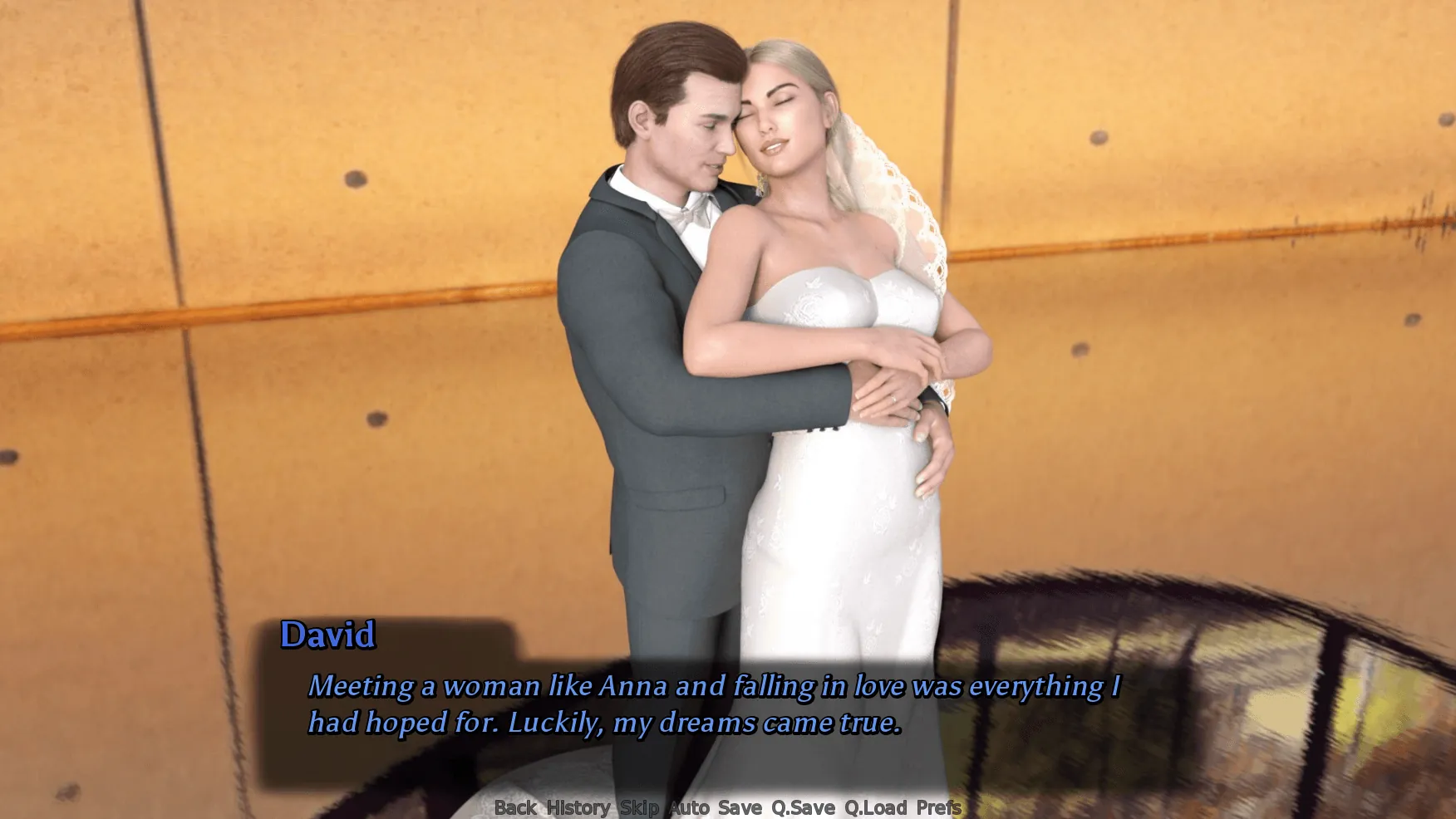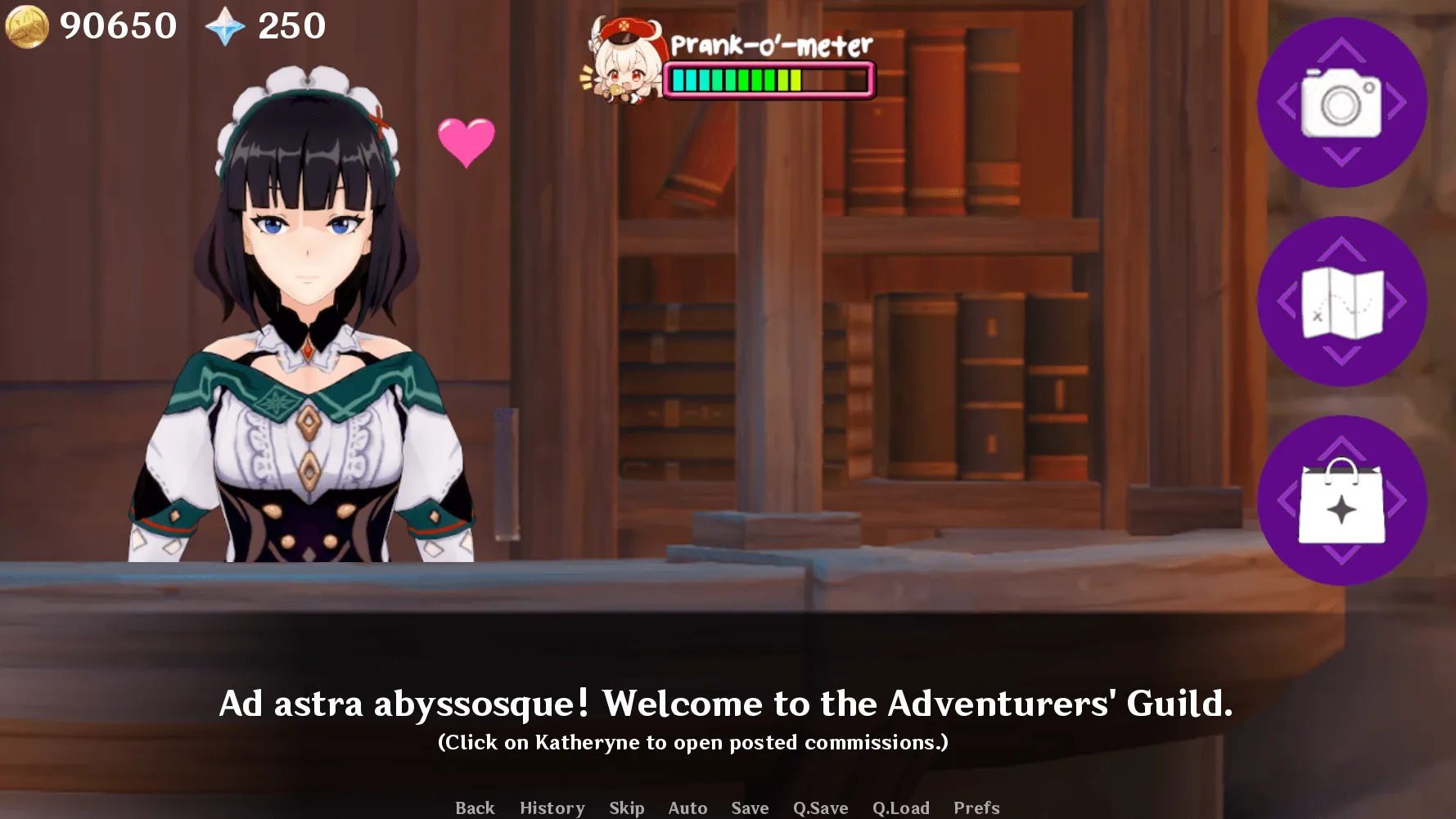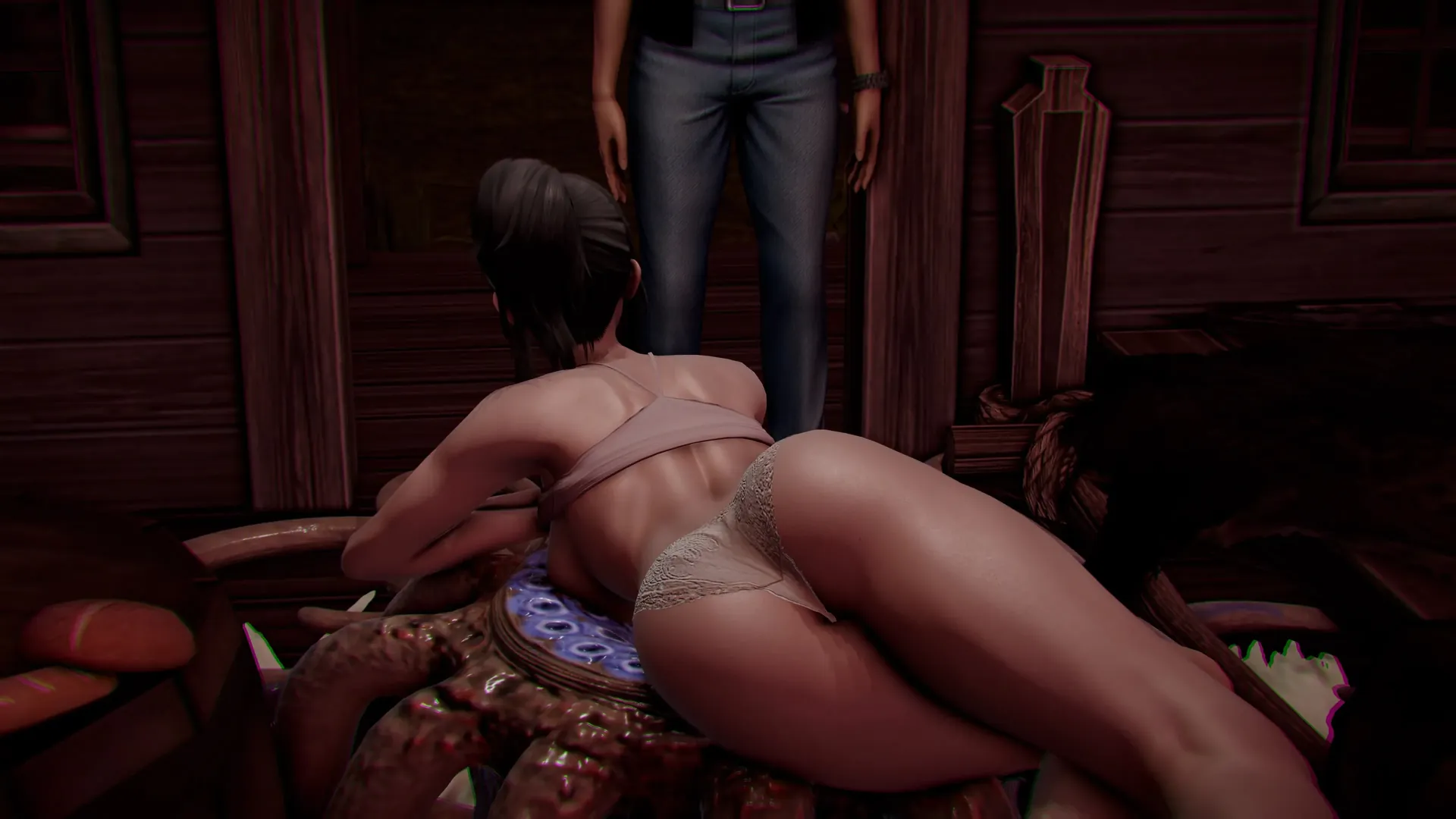
Long Story Short
Play Long Story Short
Long Story Short review
Exploring the unique narrative and gameplay of Long Story Short
Long Story Short is an intriguing erotic visual novel that blends storytelling with interactive gameplay, set against the backdrop of high school life. This game invites players to explore a dual timeline narrative where choices impact relationships and endings. If you’re curious about what makes Long Story Short stand out in the adult visual novel genre, this article will guide you through its story, gameplay, and unique elements, offering personal insights and practical advice for new players.
Understanding the Narrative and Themes of Long Story Short
Ever found yourself scrolling through an old group chat, cringing at your teenage self, and suddenly having a major revelation about who you are today? 😅 That’s the exact feeling Long Story Short captures so brilliantly. This isn’t your typical visual novel; it’s a deep, introspective journey that uses its unique format to pull you into a story about love, regret, and the person you used to be. The Long Story Short game story masterfully connects your present to your past in a way that feels incredibly personal and, at times, uncomfortably relatable.
As a player, you’re not just reading a story—you’re actively excavating it. The game’s genius lies in its structure, making you a detective of your own life. I remember my first playthrough, thinking I had a handle on my character’s personality, only to have a chatroom message from the past completely reframe a memory. It’s this powerful, interactive storytelling that sets Long Story Short apart from anything else in the genre.
### What is the Story Behind Long Story Short?
At its heart, the Long Story Short game story is about reconnection and self-discovery. You play as a protagonist who, years after graduating, finds themselves drawn into an anonymous online chatroom with a familiar stranger. 🕵️♂️ The catch? This mysterious person seems to know everything about your high school years. As the conversation unfolds, you’re plunged back into your teenage experiences, reliving pivotal moments through a series of flashbacks.
The core of the experience are the Long Story Short chatroom scenes. These aren’t just simple text exchanges; they’re tense, flirtatious, and deeply emotional conversations where every reply matters. You’re constantly balancing what to reveal and what to hide, both in the present chat and in the memories you revisit. This format brilliantly establishes it as a premier high school erotic visual novel, not just for its content, but for how it explores the intensity and confusion of adolescent desire and connection.
I’ll never forget the moment I chose a particularly vulnerable response in the chat. The game immediately cut to a high school party flashback I hadn’t seen before, showing the consequence of a different, more guarded choice I’d made years prior. It was a gut punch 💔 that made me realize how my present-day persona was still being shaped by those old defense mechanisms. The Long Story Short narrative choices are never just about picking a romantic partner; they’re about deciding which version of yourself you want to embrace.
### How Does the Dual Timeline Affect Gameplay?
The dual timeline visual novel structure is the engine that makes this entire experience work. It’s not just a neat gimmick; it’s fundamental to the gameplay and emotional impact. You are constantly living in two worlds at once: the cryptic, text-based present and the vivid, emotional past.
This structure turns every decision into a fascinating puzzle. A choice you make in the chatroom can unlock new scenes in the past, and conversely, actions you took as a teenager directly influence the tone and options available in your present-day conversation. It creates a incredible cause-and-effect loop that had me constantly second-guessing my decisions. 🤯
The magic is in how these timelines inform each other. You might be arguing with a friend in a flashback, and then minutes later in the real world, your anonymous chat partner will make an off-hand comment that references that exact fight, forcing you to wonder, “Wait… are you that friend?” This interactive storytelling in Long Story Short is some of the most engaging I’ve ever experienced.
To really visualize how this works, here’s a breakdown of how the two timelines interact:
| Present Timeline (Chatroom) | Past Timeline (High School) | Player’s Action & Impact |
|---|---|---|
| Stranger asks if you ever regretted a missed opportunity. | Flashback to a moment where you could have kissed a crush but hesitated. | Choosing “Yes, all the time” unlocks a deeper, more intimate branch of the conversation and may reveal new past scenes about that crush. |
| Stranger recalls a specific song from a school dance. | You are at that very dance, deciding who to spend time with. | Confirming you remember the song builds rapport with the stranger and may change which character you interact with at the dance. |
| You deflect a personal question with a joke. | A scene reveals your character using humor as a shield to avoid vulnerability. | This shows a consistent character trait. Continuing this pattern may lock you out of more honest, rewarding story paths with the stranger. |
This table shows just a glimpse of how the dual timeline visual novel mechanics weave together. Your job is to connect the dots, and the payoff when the two timelines finally collide is immensely satisfying. ✨
### What Themes Does the Game Explore?
While it’s easy to label Long Story Short a high school erotic visual novel, that only scratches the surface. The game uses its premise to explore profoundly human themes in Long Story Short game. It’s a story about the ghosts of our past selves and whether we can make peace with them.
The most powerful theme is personal growth. The game constantly asks: Have you really changed? Are you still the same person who made those choices, good and bad, all those years ago? 🧠 My personal journey through the game felt like therapy at times, as I was forced to confront why my character made certain decisions and how those patterns might still be active in my own life.
Of course, love and relationships are central. But the game explores them with a rare nuance. It’s not just about who you end up with; it’s about how you love—whether you love with fear, with abandon, with honesty, or with selfishness. The Long Story Short narrative choices force you to define your character’s approach to intimacy, making the romantic outcomes feel truly earned.
Finally, the game tackles regret and reconciliation. Those Long Story Short chatroom scenes are essentially a safe space to confront past mistakes and misunderstandings. It presents the tantalizing fantasy of getting a second chance to say the thing you never said, or to ask the question you were too afraid to ask. It’s a poignant reminder that our past is not a closed book, and understanding it is key to moving forward. 💖
Ultimately, Long Story Short is more than a game; it’s an experience. It stays with you long after you’ve finished your playthrough, prompting you to look back on your own story with a little more curiosity and a lot more compassion.
Long Story Short offers a compelling blend of narrative depth and interactive gameplay that sets it apart in the realm of adult visual novels. By weaving together dual timelines and meaningful player choices, it creates a unique experience that resonates emotionally with players. Whether you’re drawn to its story, characters, or gameplay mechanics, this game provides an engaging journey worth exploring. Dive into Long Story Short and discover how your decisions shape the story’s outcome.





